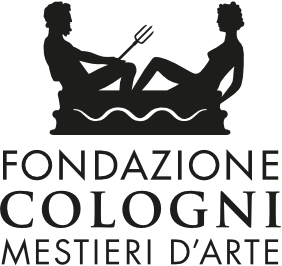The generative power of dialogue
“Craft” is the creative and conscious transformation of materials, to give life to objects that can be functional, or decorative, or an artistic expression: but which, in any case, are the result of a mindful consideration and of a technique, and spring from an original approach and a perfect interpretative execution.
The artisans and the designers who collaborated to create the pieces selected for this year, therefore, are precious links in a chain that unites not only the product with the customer, but also a territory with a history. Our own history.
A link between past and future, between creation and execution, the metiers d’art constitute the legacy of multiple types of “know-how” perfected over time, marrying the aesthetic currents of the various historical eras. They preserve the ability of the manual gesture, and by combining aesthetics and functionality they transform the everyday object into an authentic work of art.
The designers, on the edge between art and industry, combine creativity and project-making in an unprecedented synthesis that has excellence as its goal. The quality and uniqueness of the small series produced for Doppia Firma are an expression of the territory, culture and soul that the various protagonists have infused into their work: a constantly evolving reality, aimed at building new scenarios for development, at least as much as not to lose the meaning of their historical and cultural roots. Always with an eye to contemporaneity.
Thanks to Doppia Firma, and in particular to this edition, throughout Europe many professions are ‘rediscovered’ in their qualitative values of excellence; many are part of large and more visible production chains; others are transformed by taking on new and unexpected forms, for those looking for them in their most usual aspect.
Weaving a dialogue between design and craft, today, therefore means referring to diversified realities often linked to each other only by a methodological approach in many cases: lengthy learning times, workshop training, entrepreneurship skills and autonomy, as well as vision, innovation and knowledge of more traditional techniques.
A project like Doppia Firma underlines how the contribution of master artisans and of designers to contemporary society, when a fertile and effective dialogue is created between them, results not only in the creation of the product, but also in the transmission of a method and attention to quality, innovation, a hands-on approach that still manages to make a difference.


